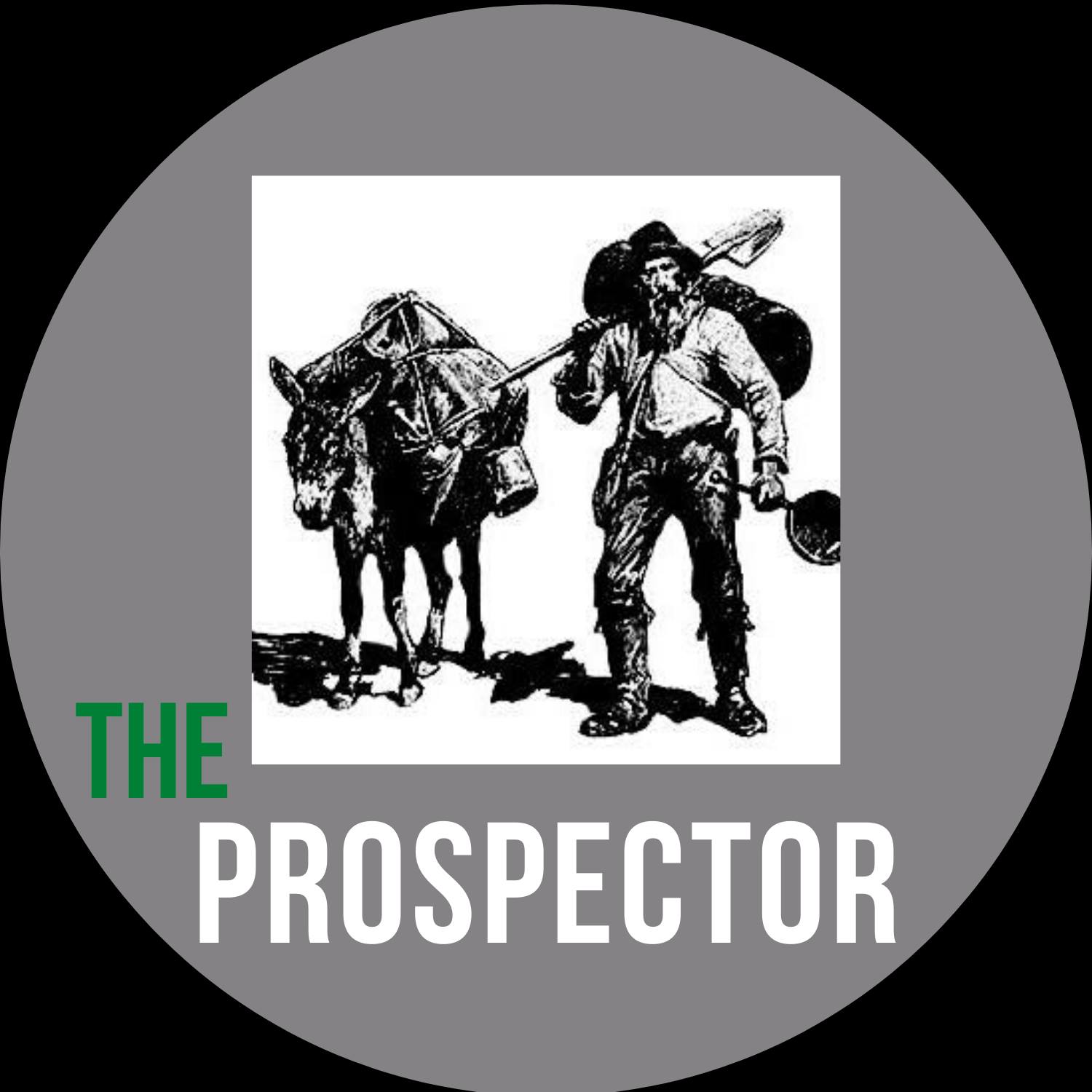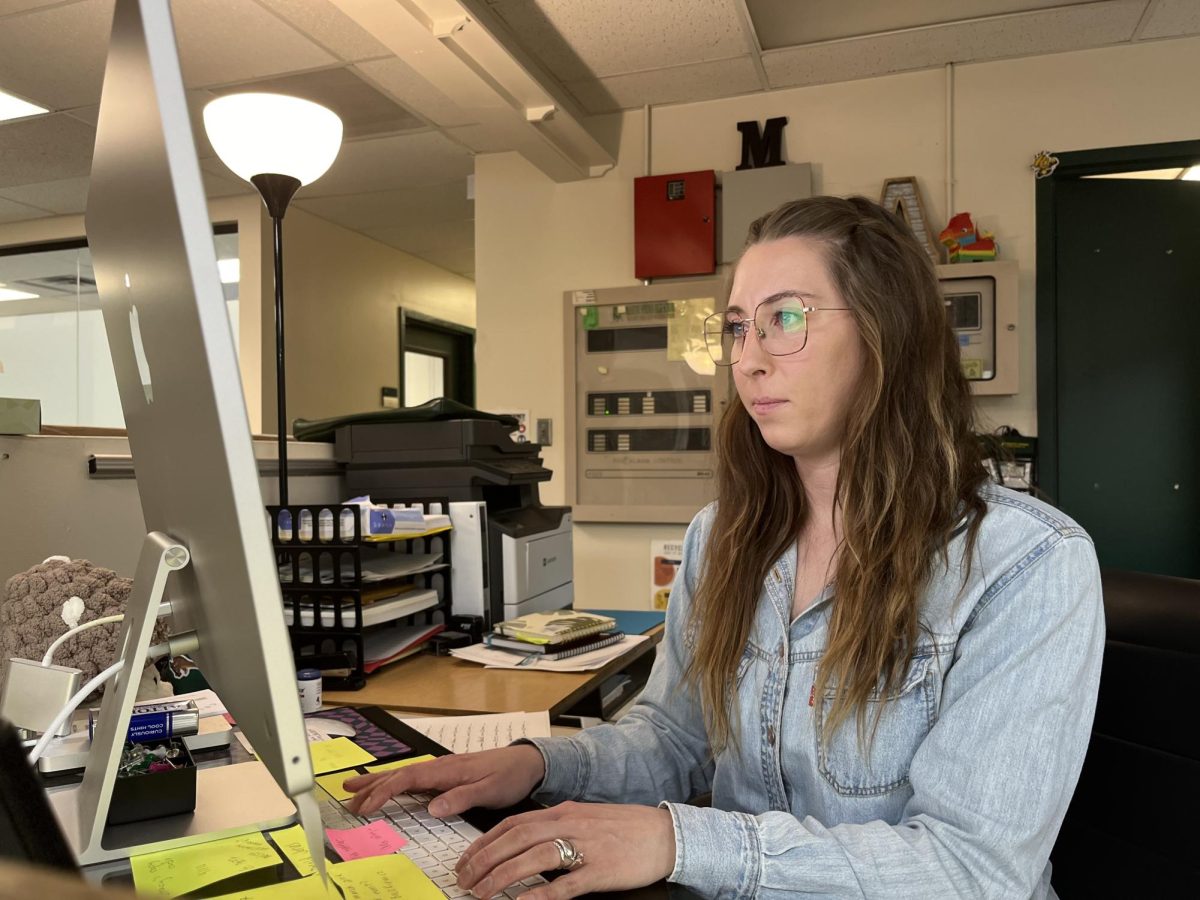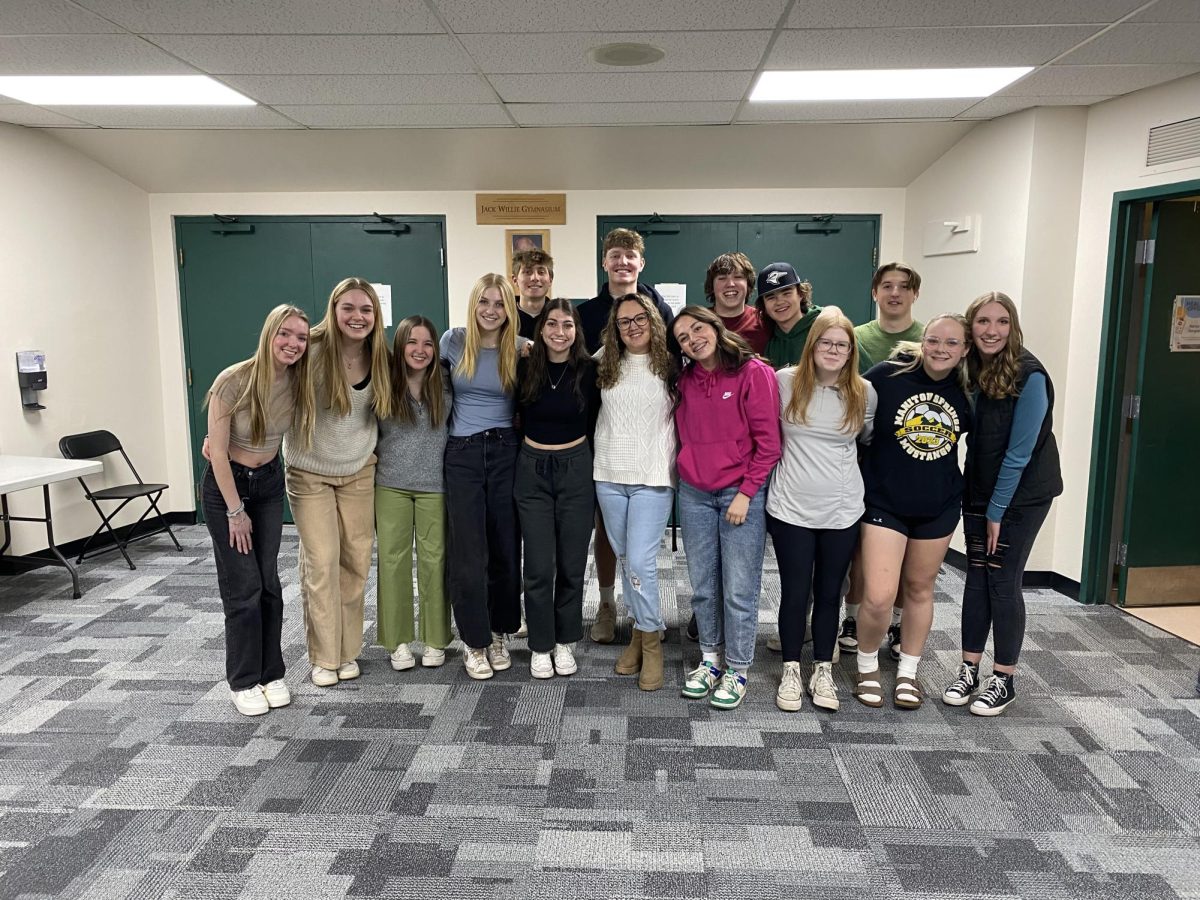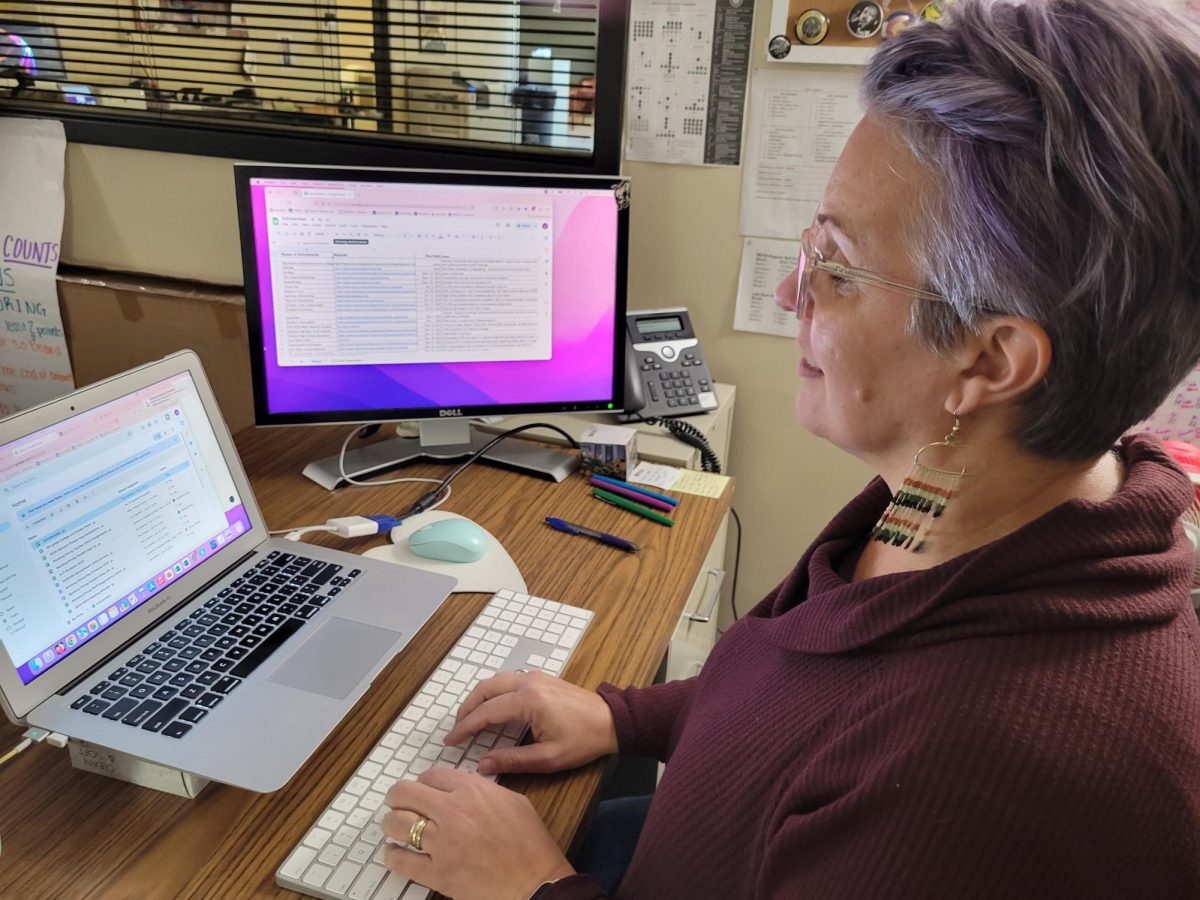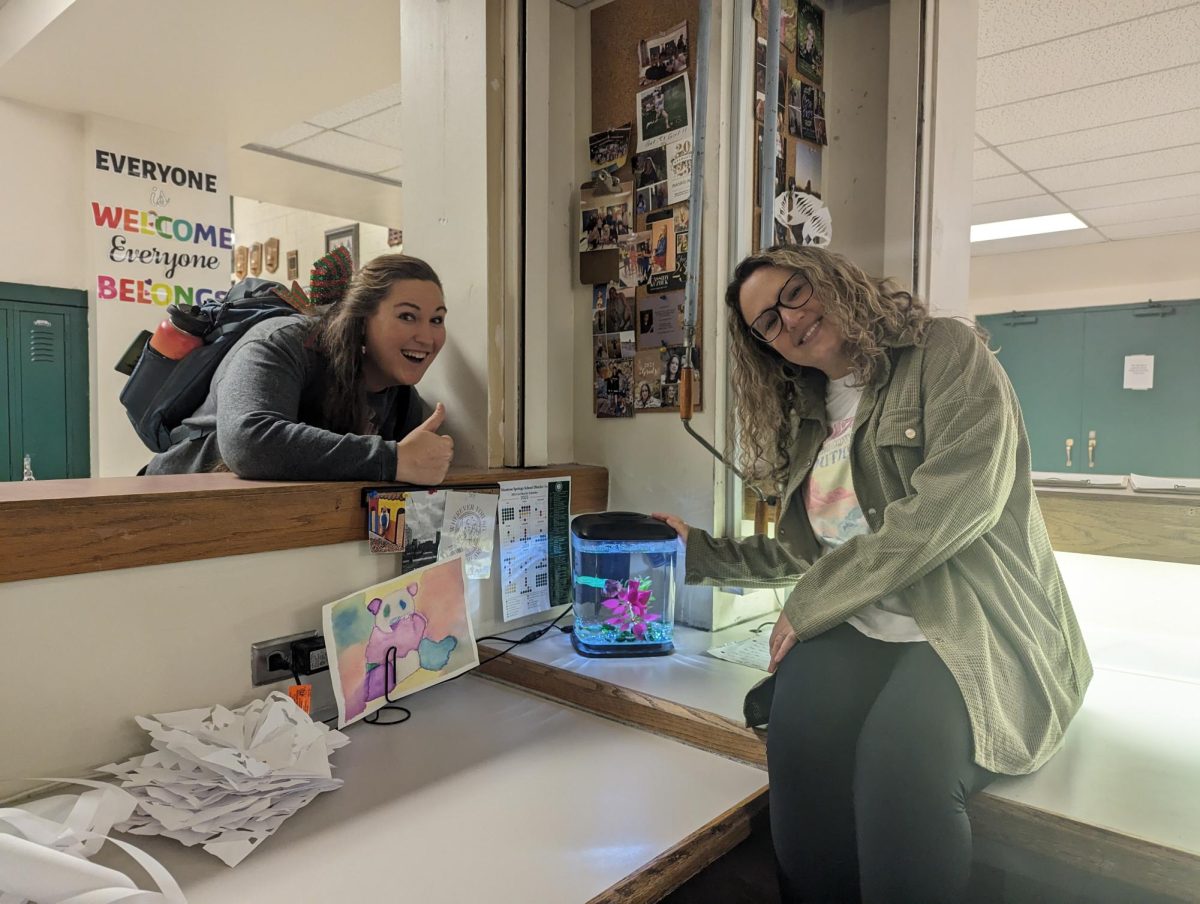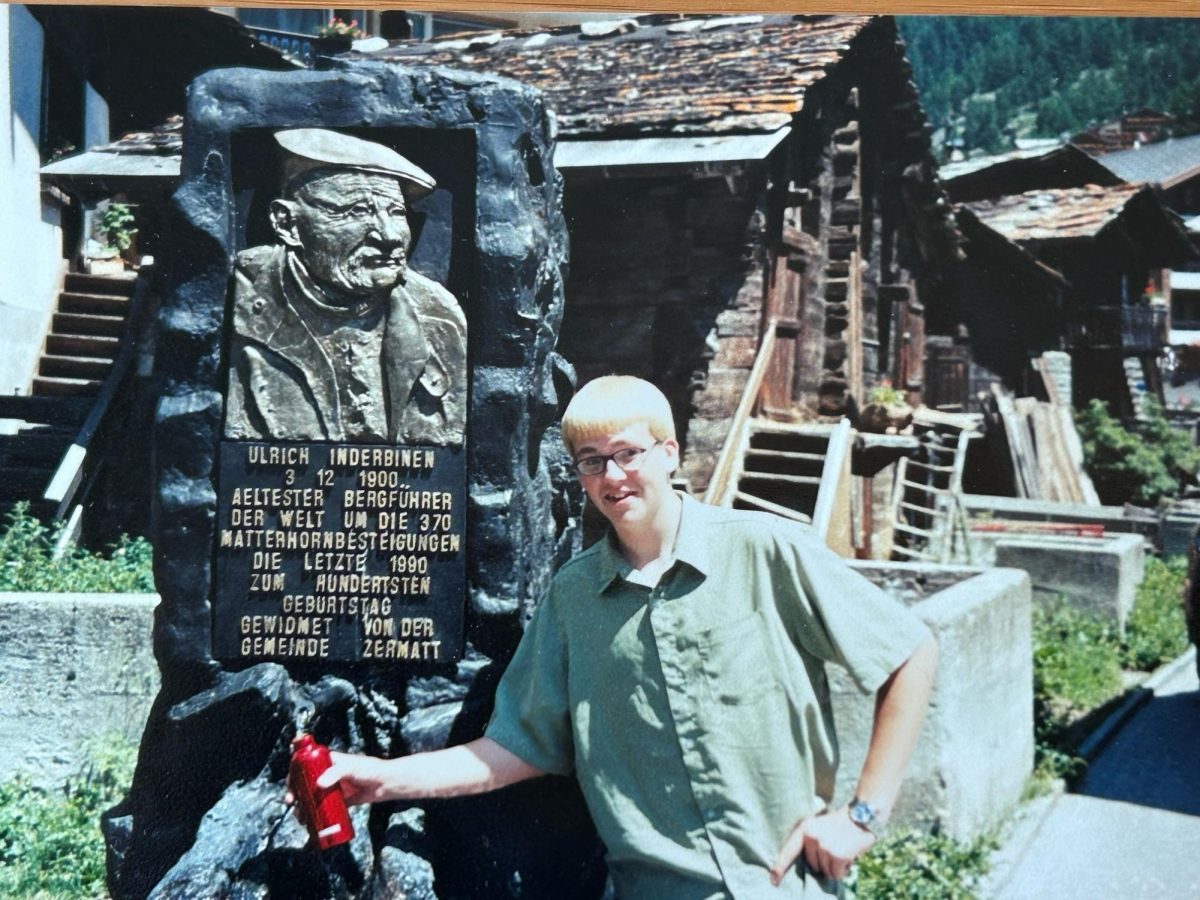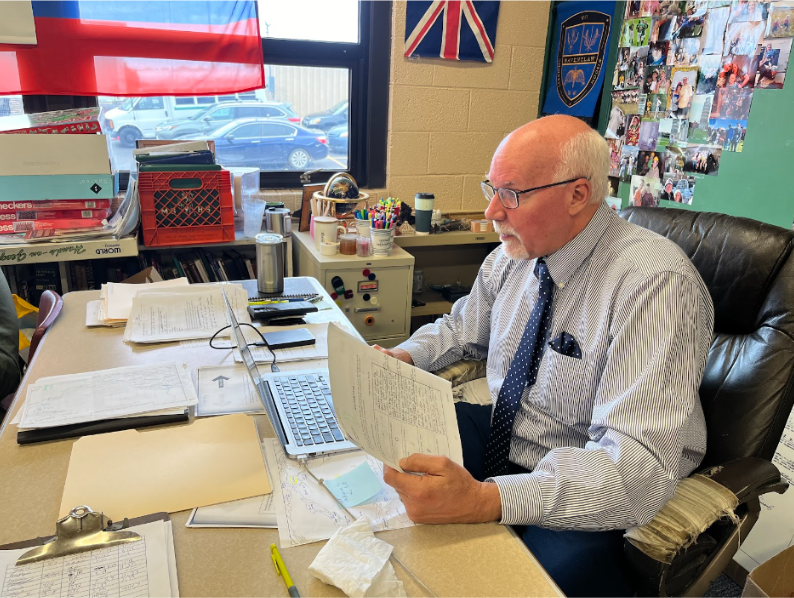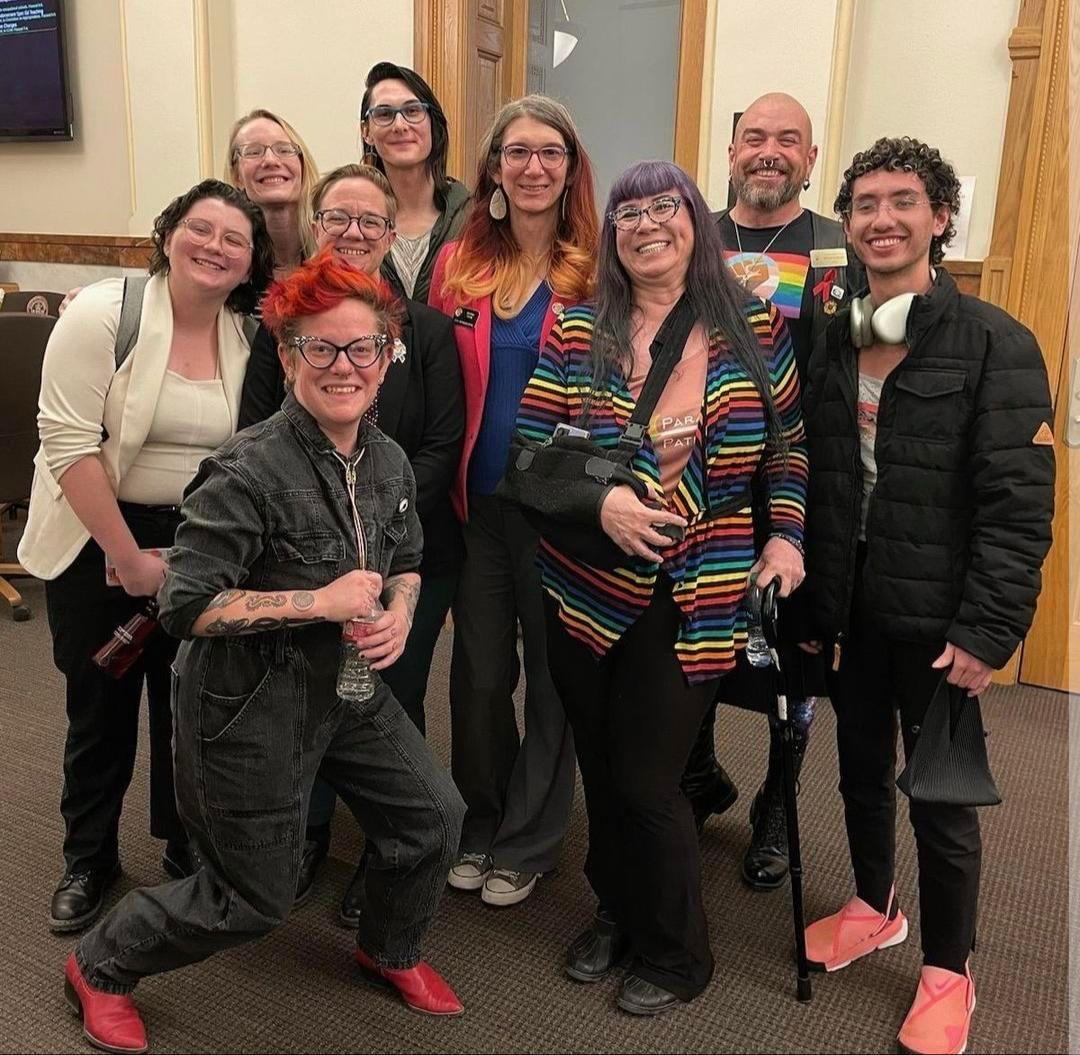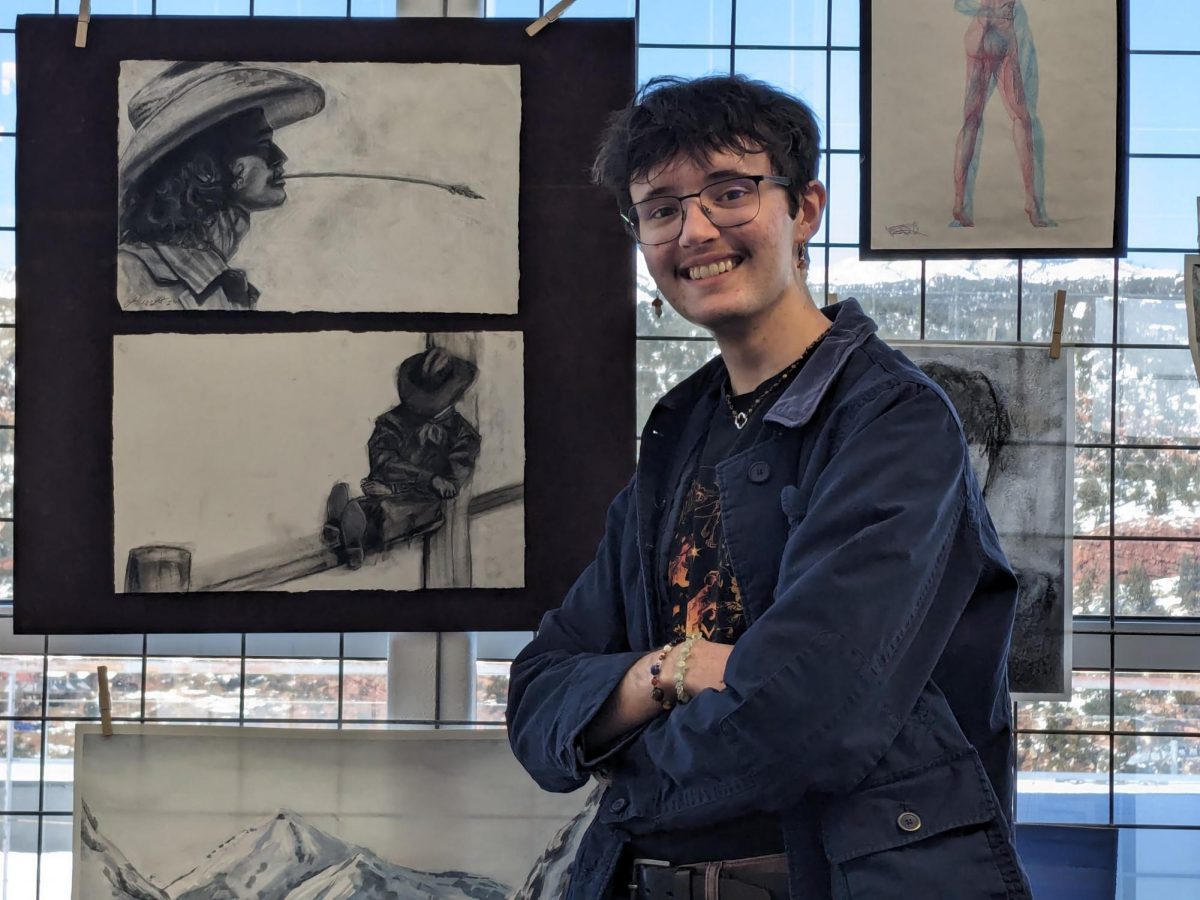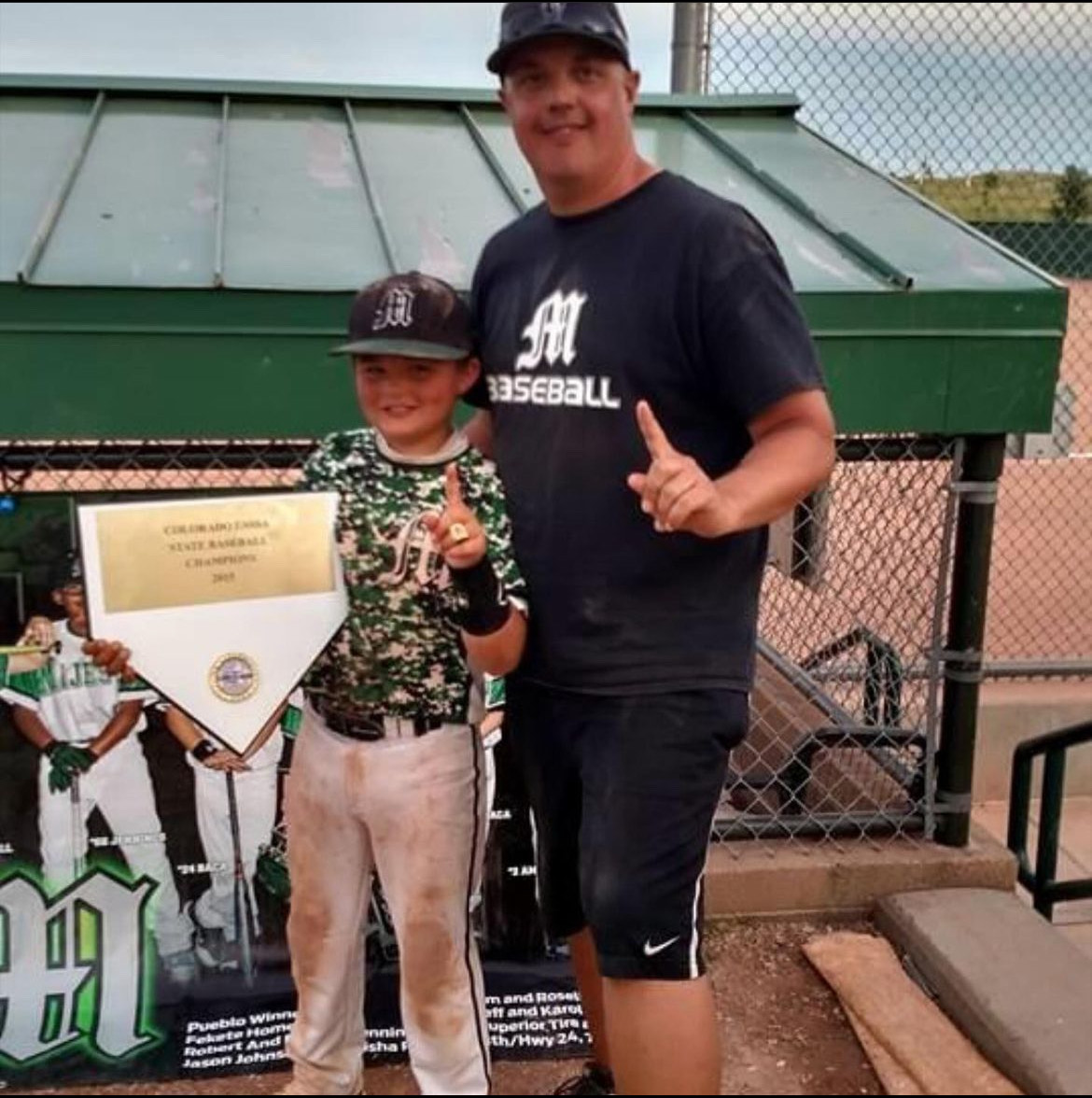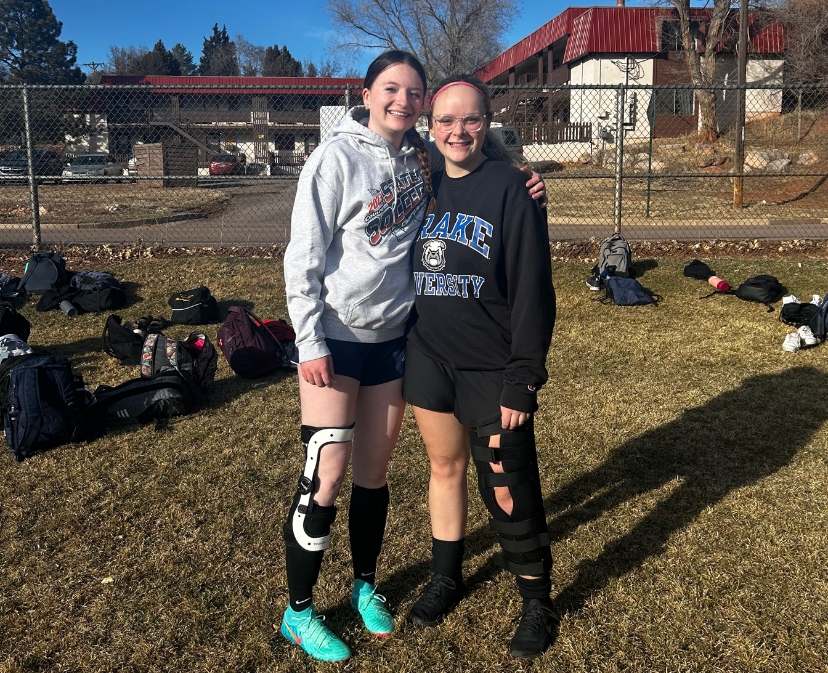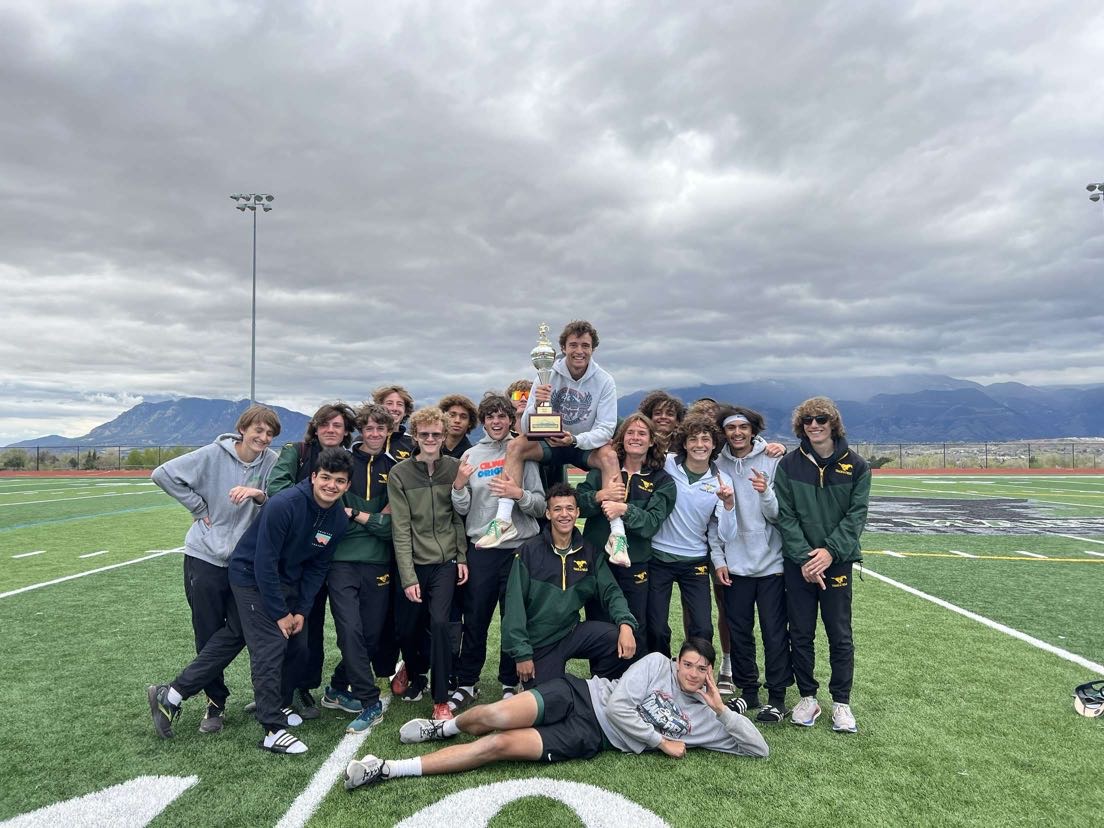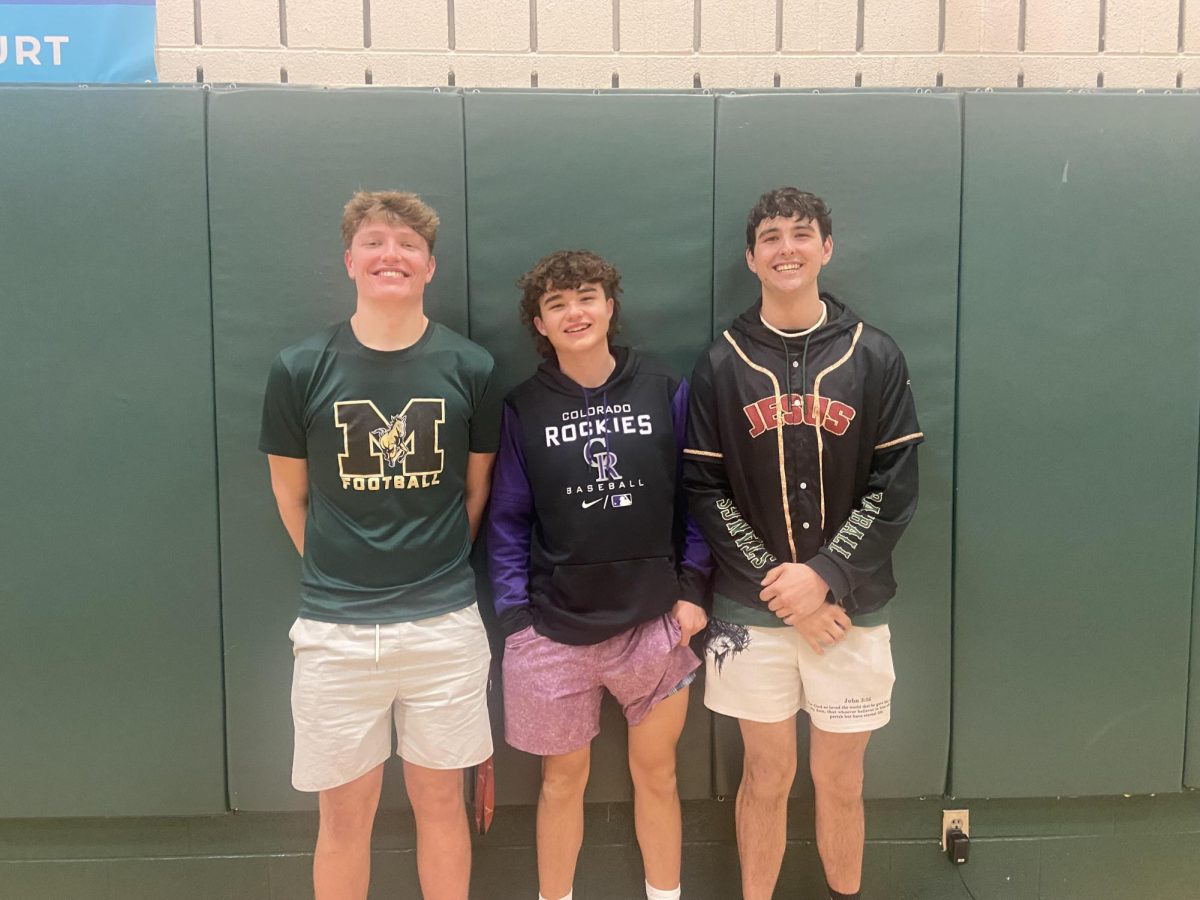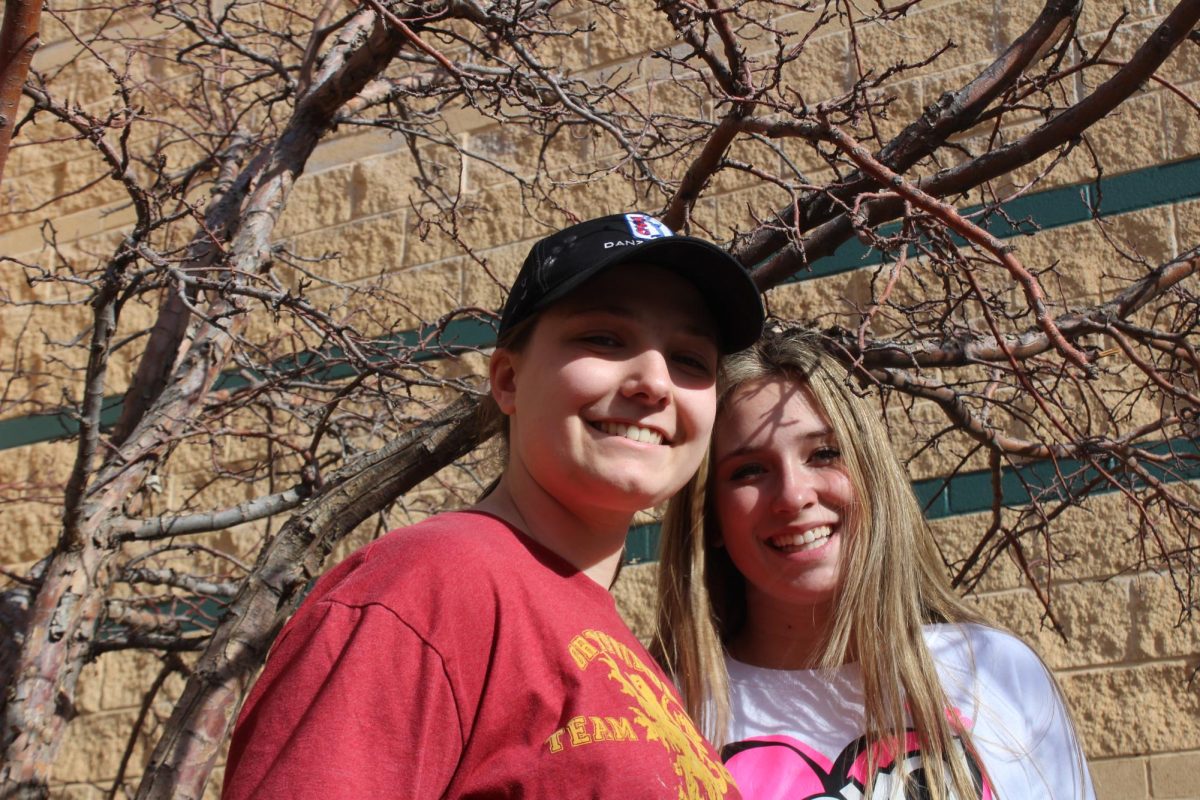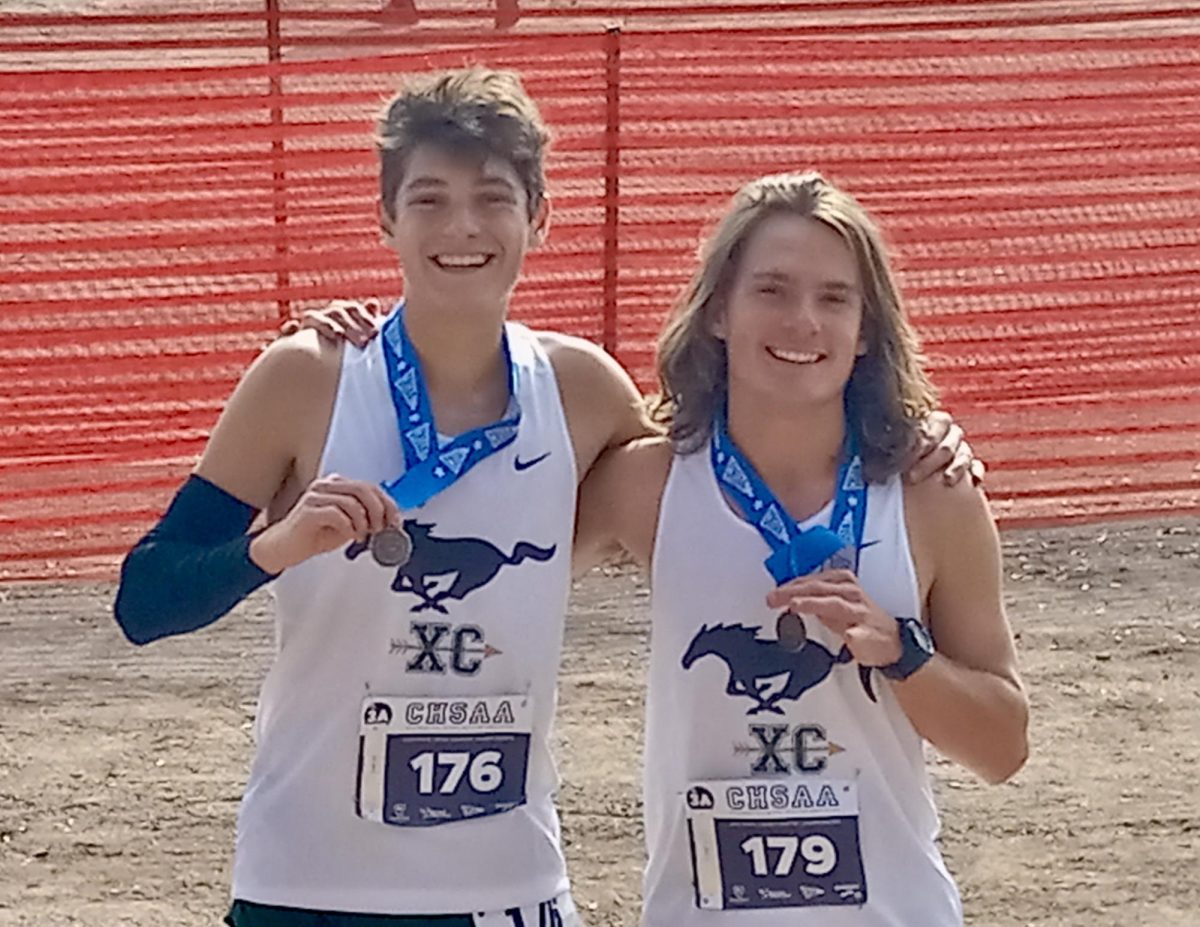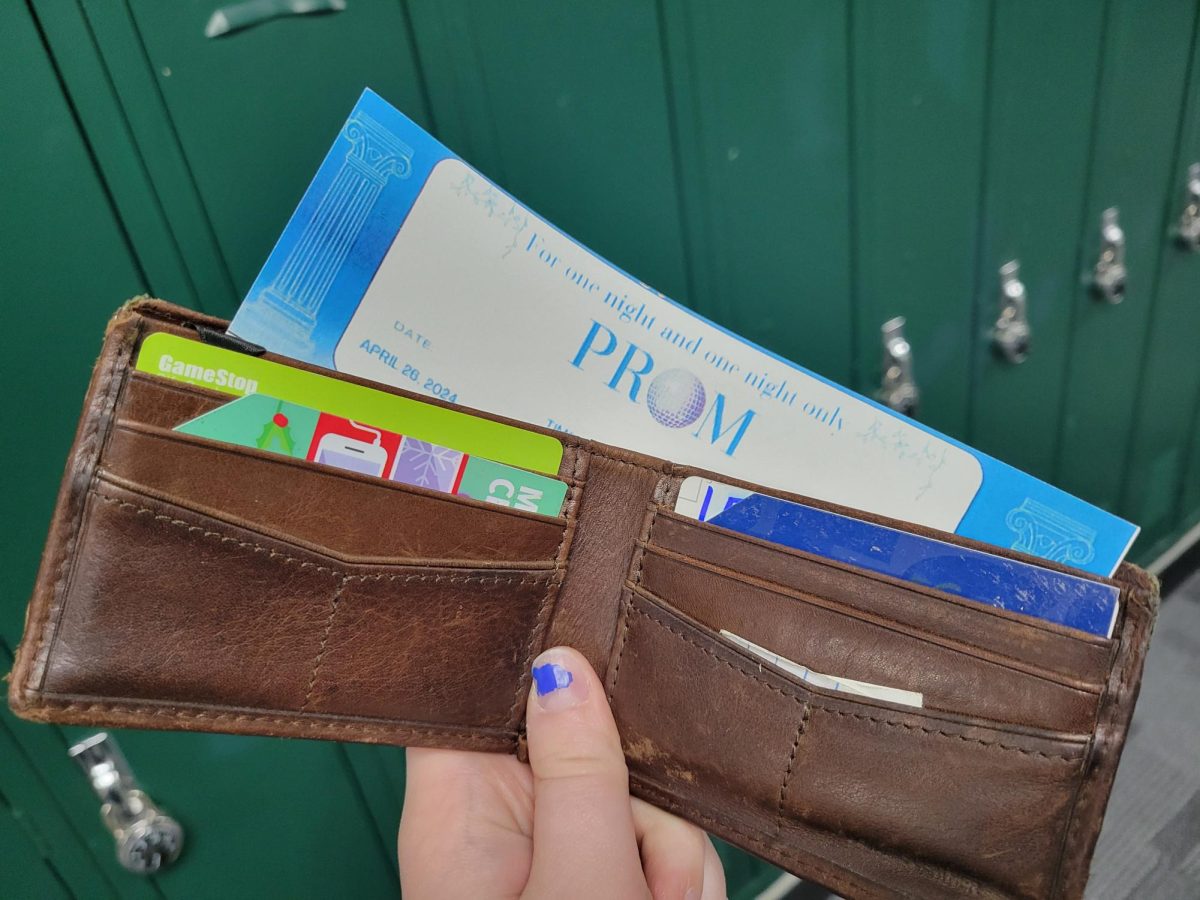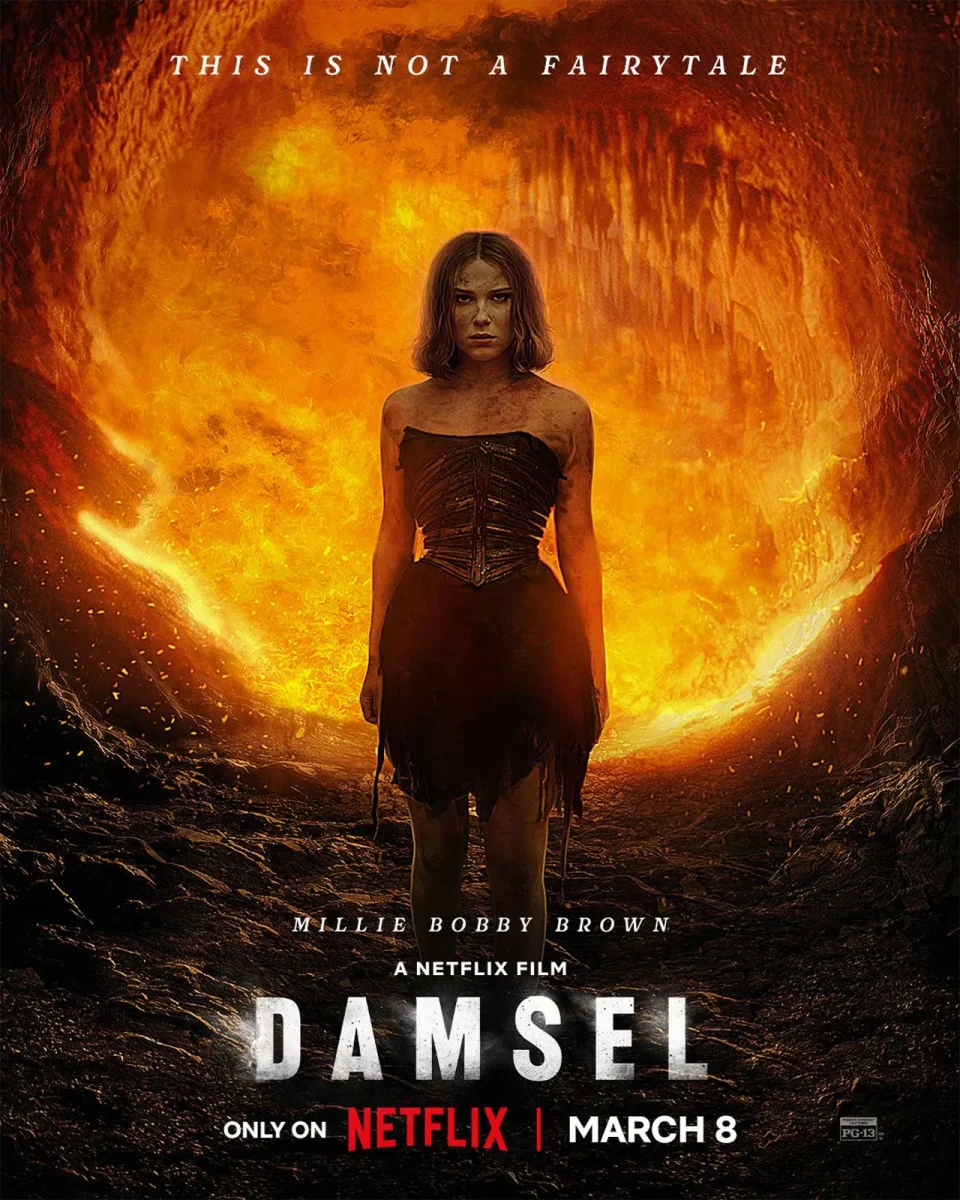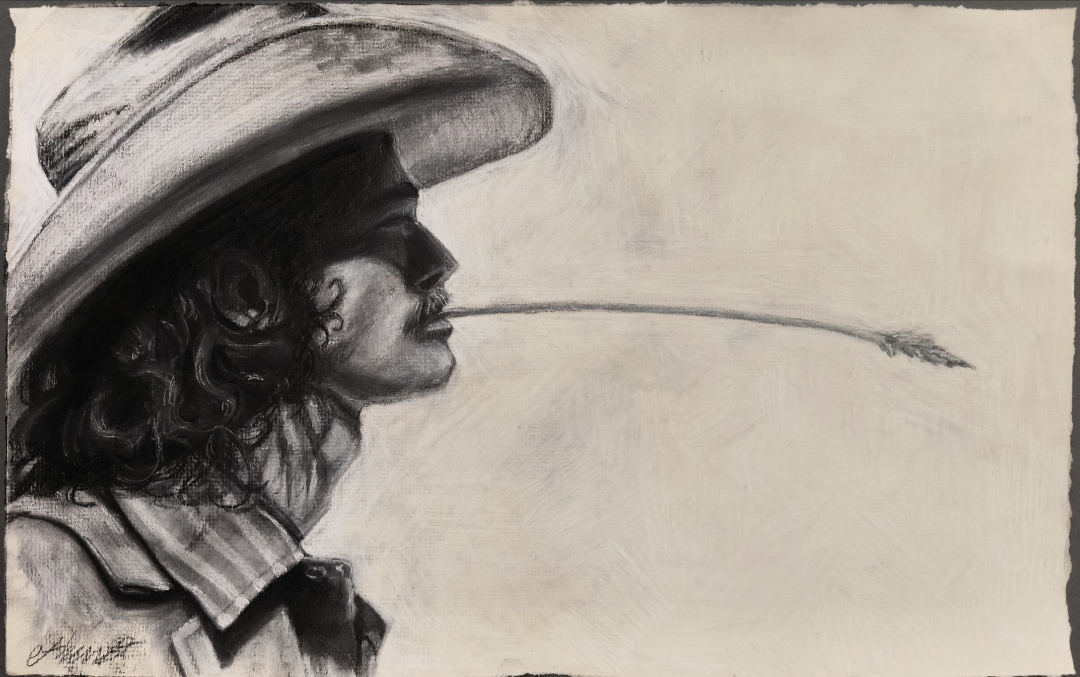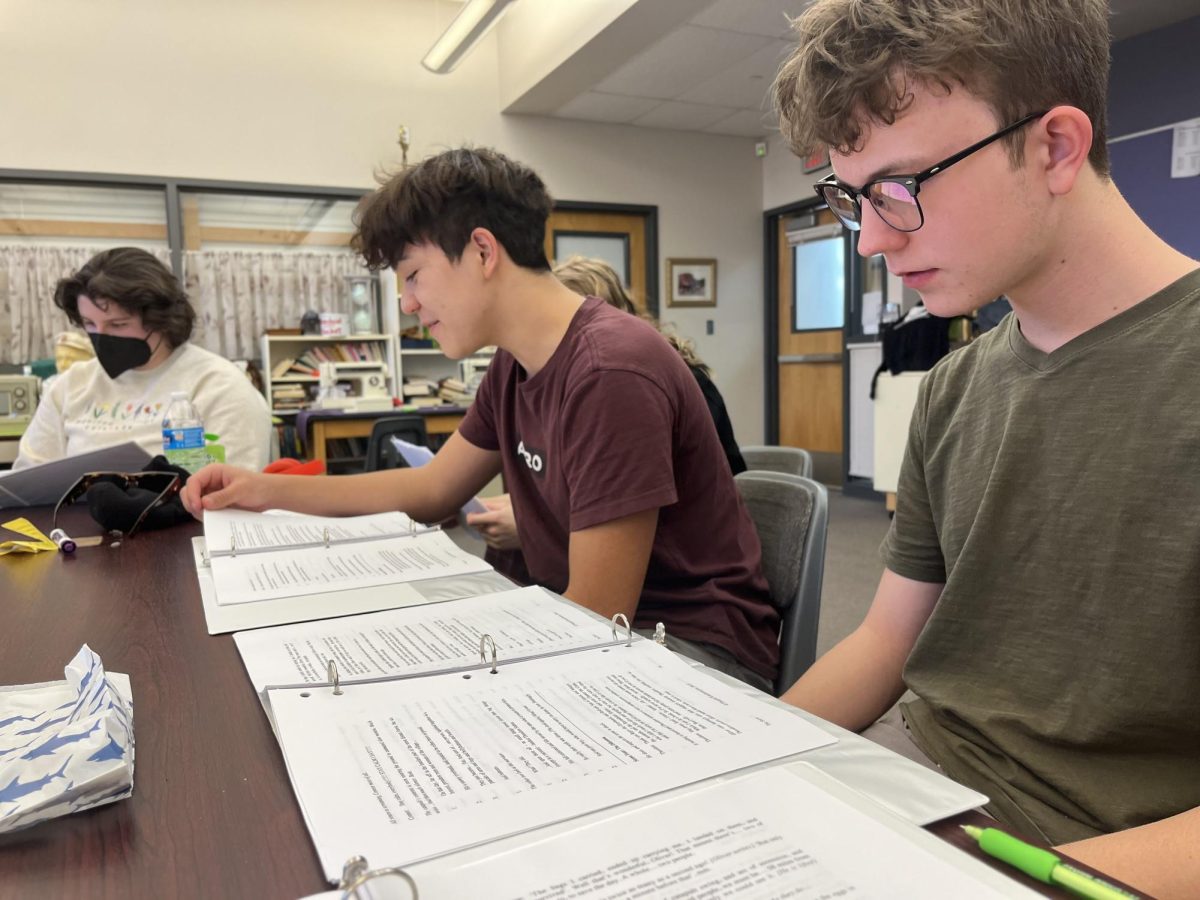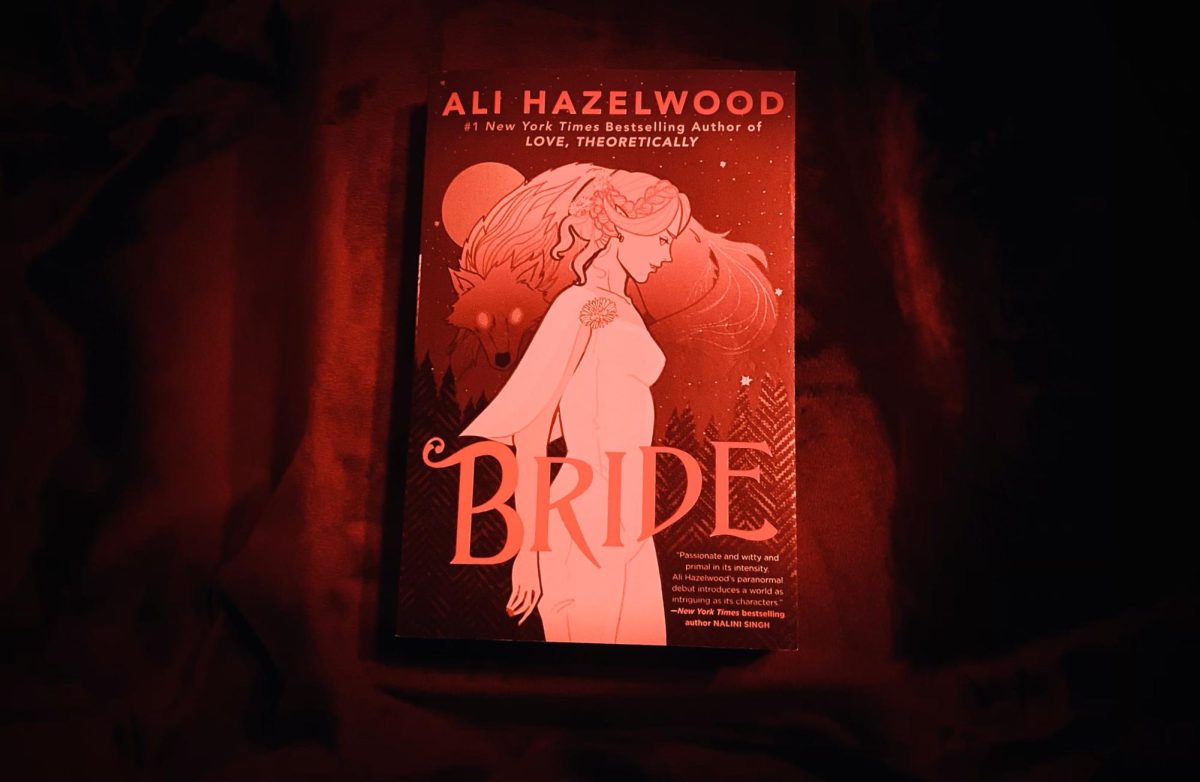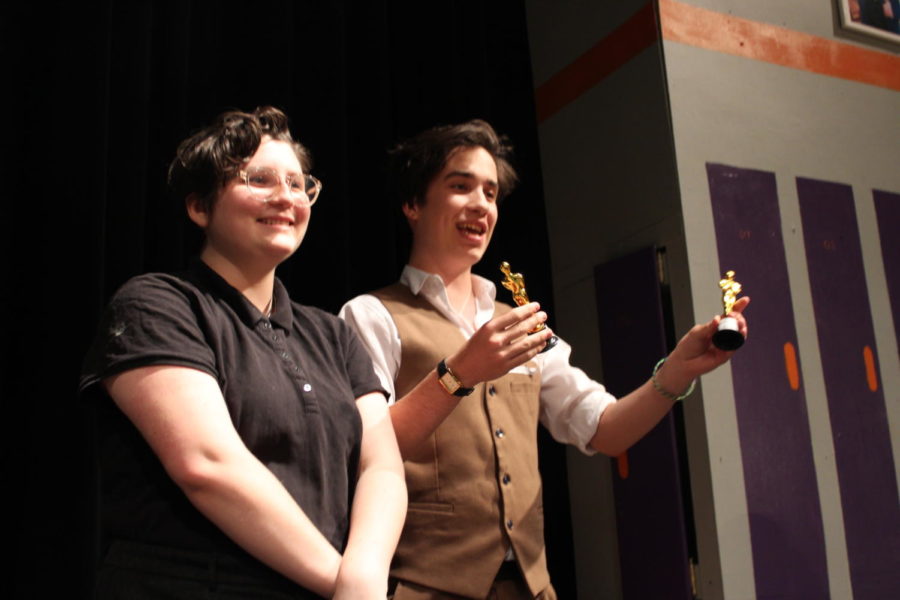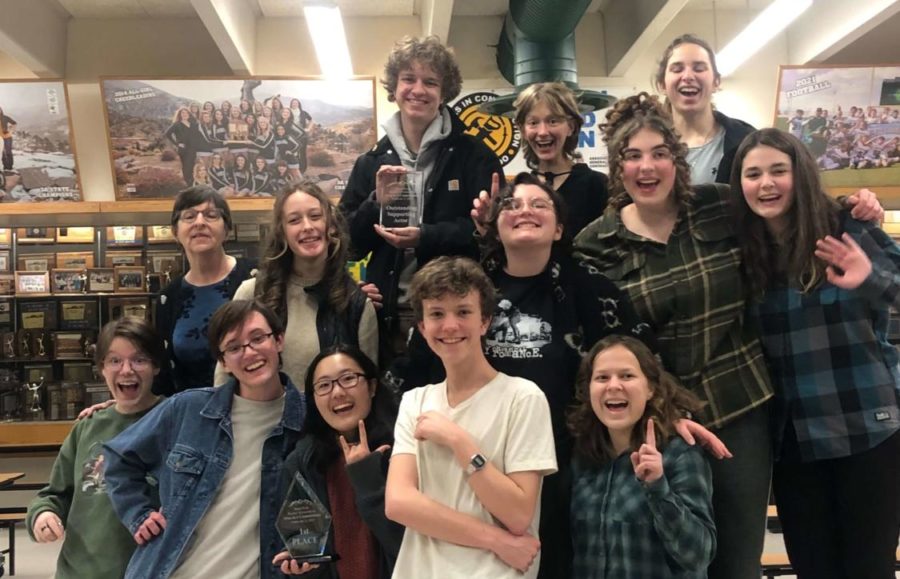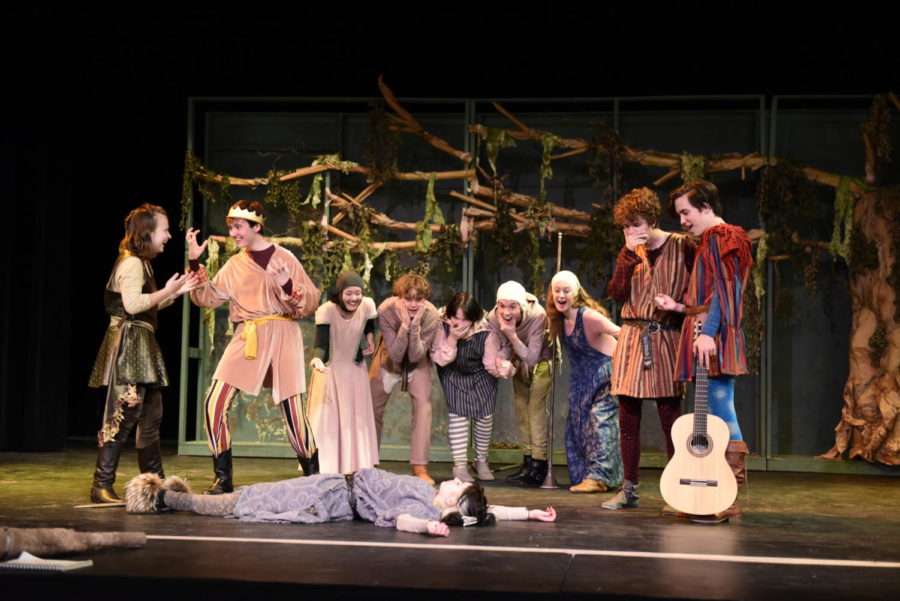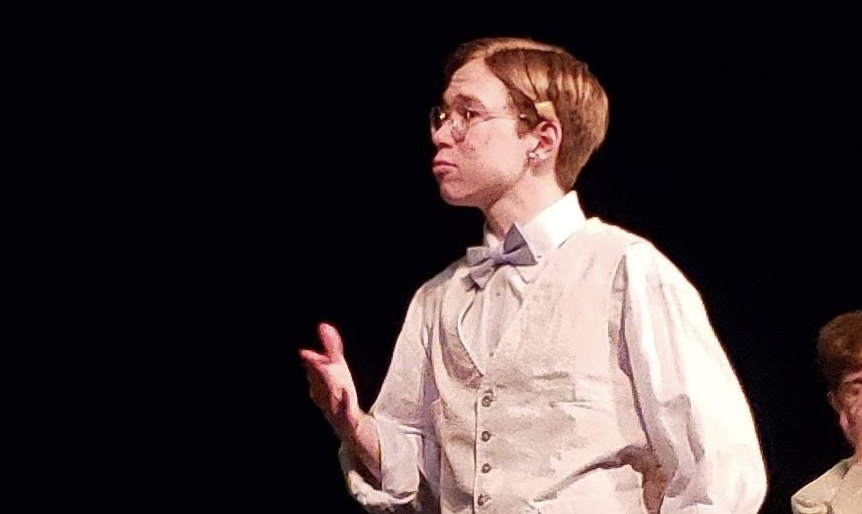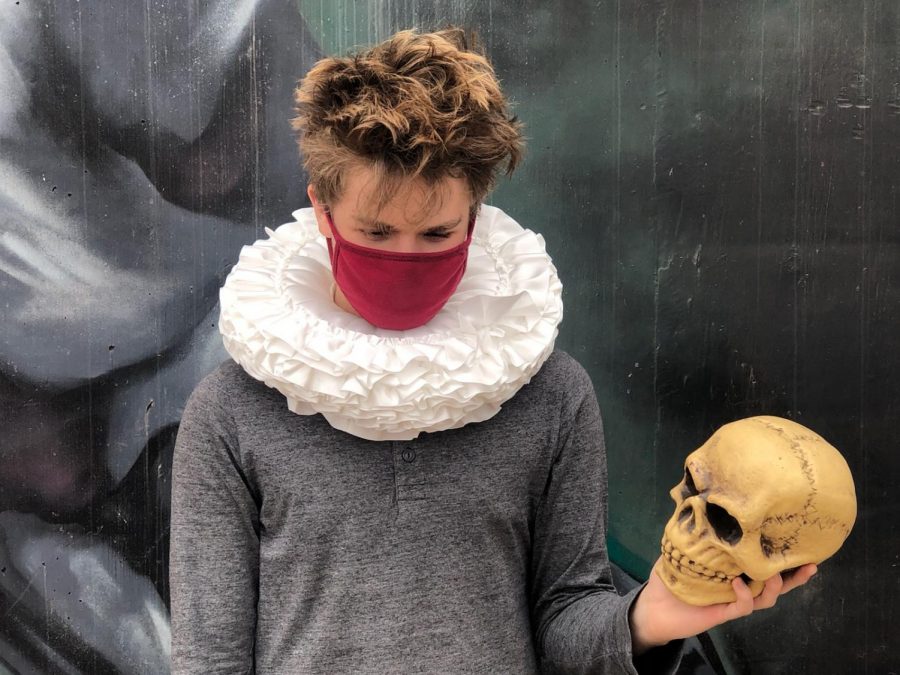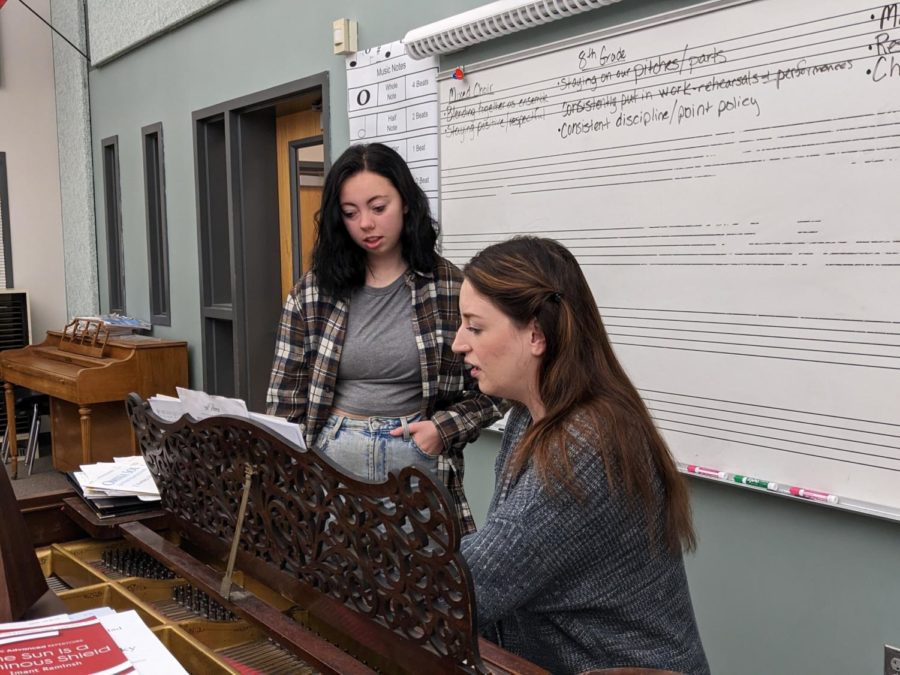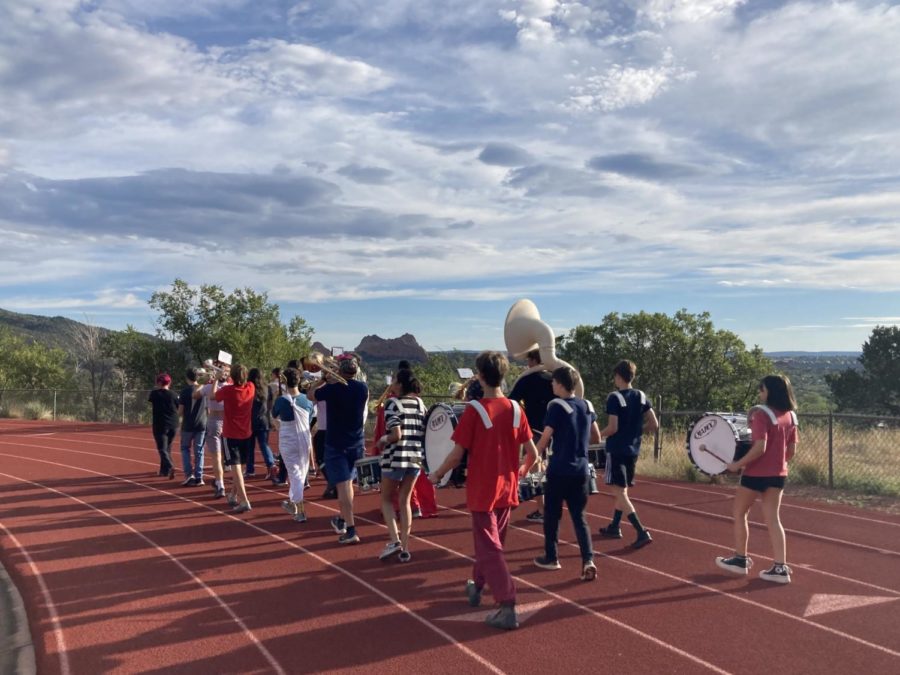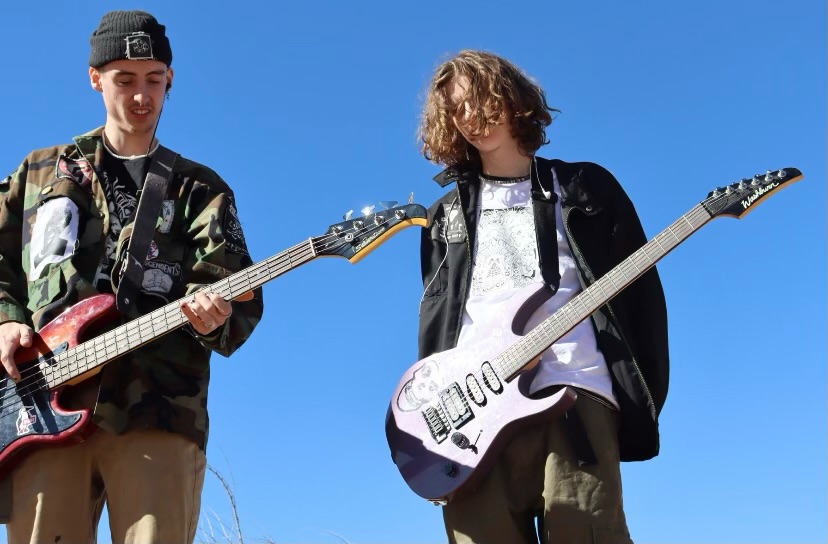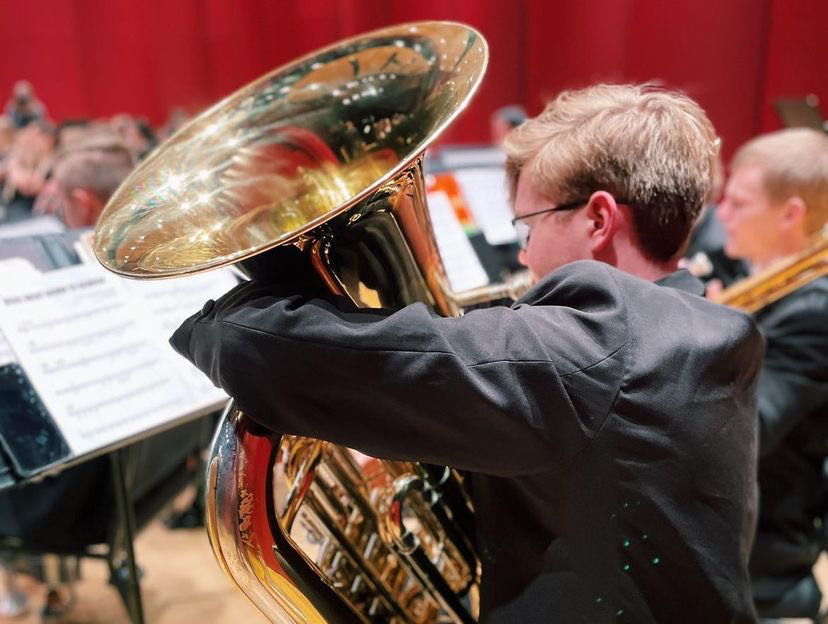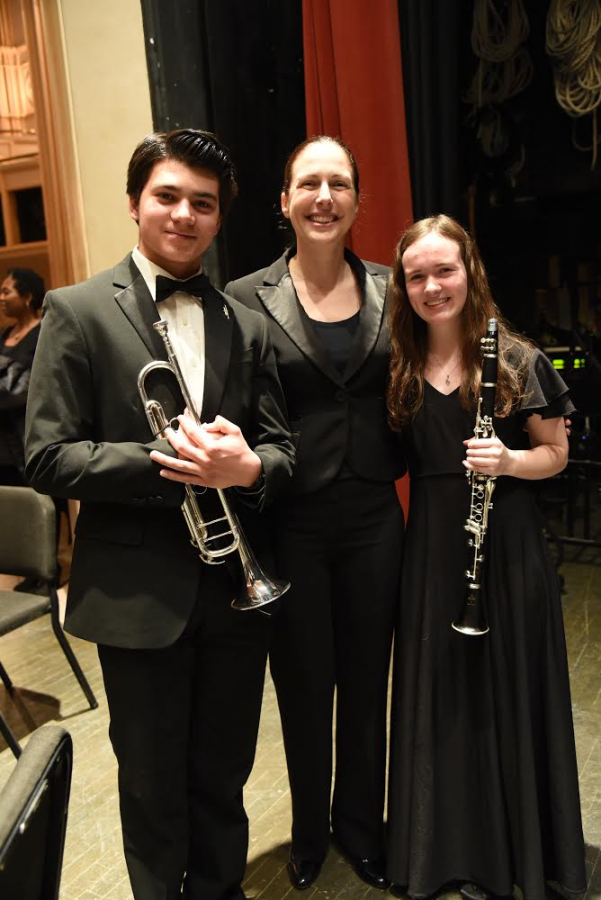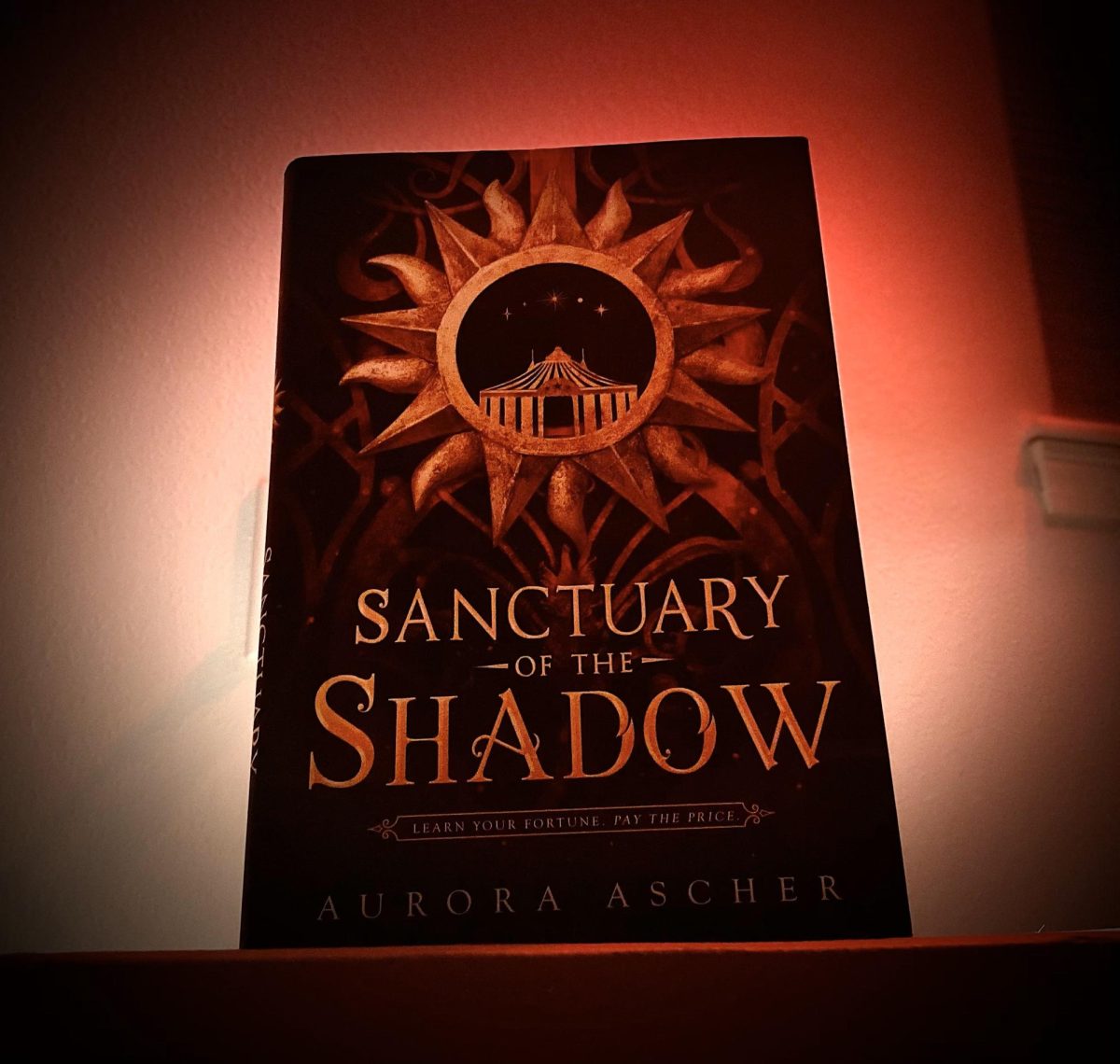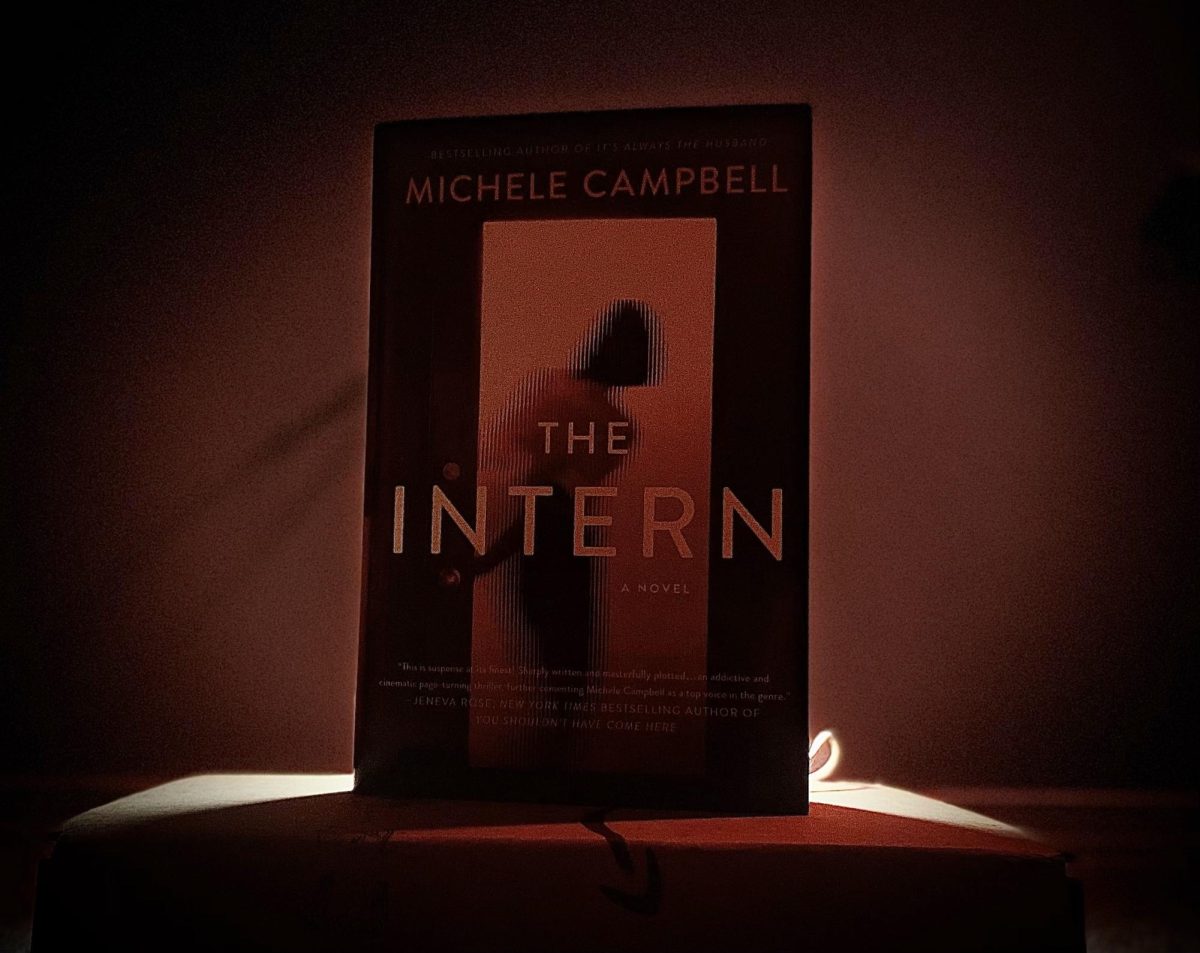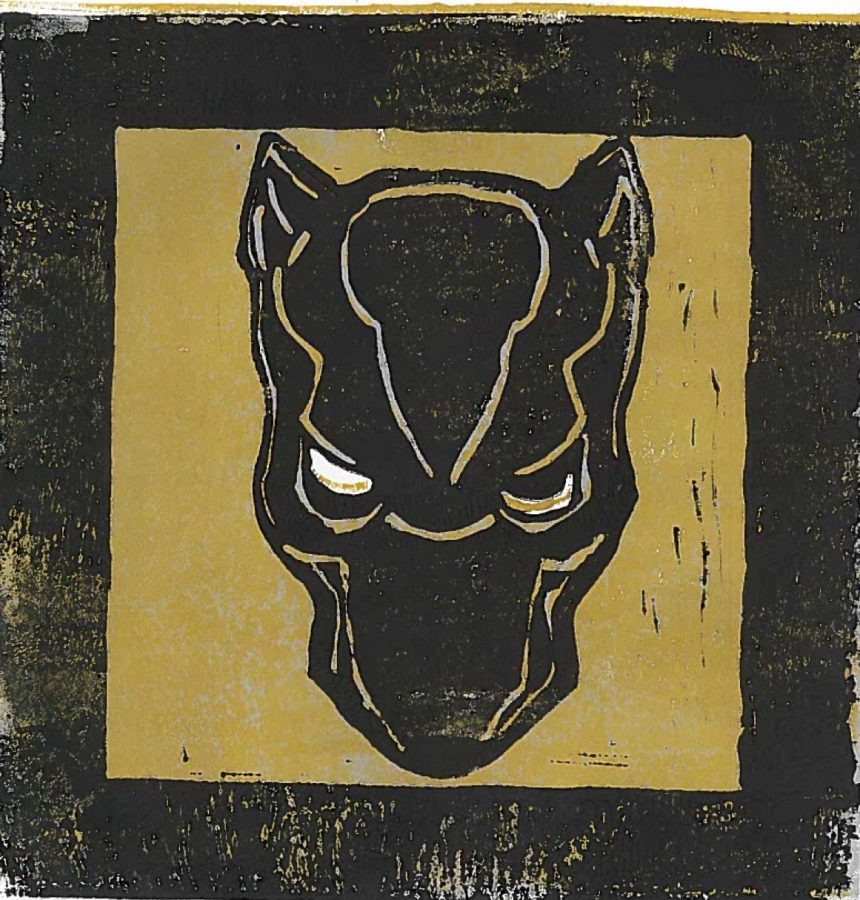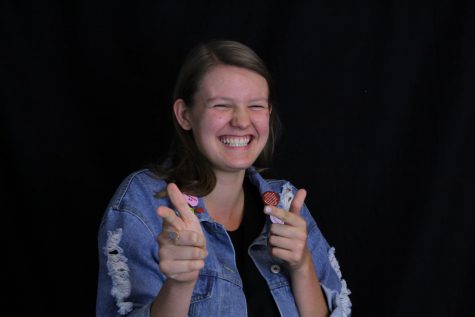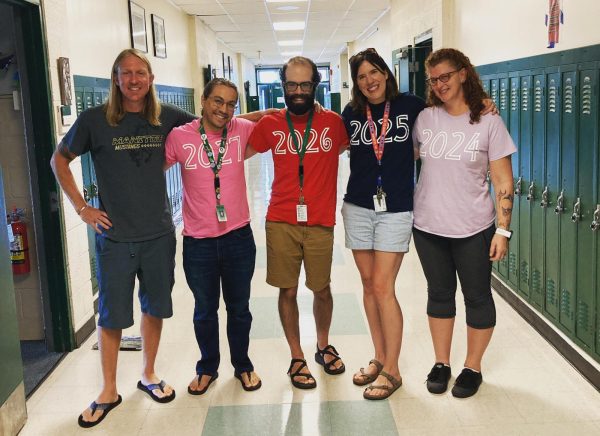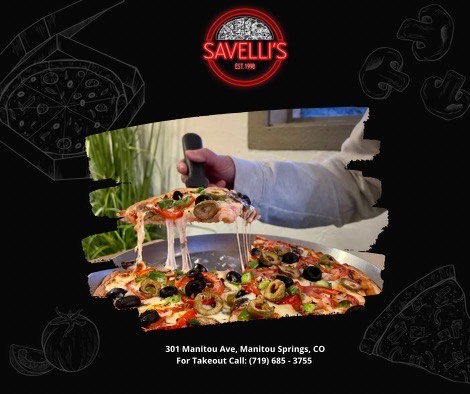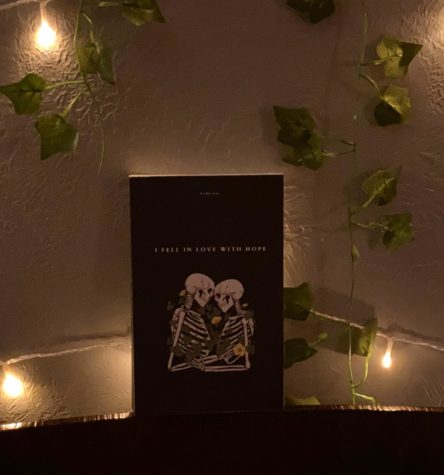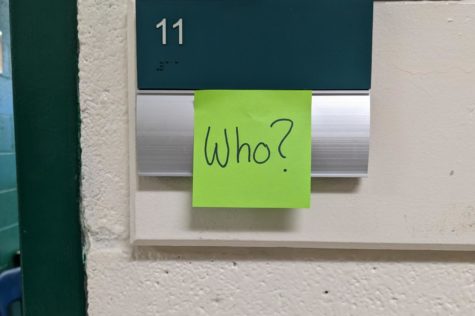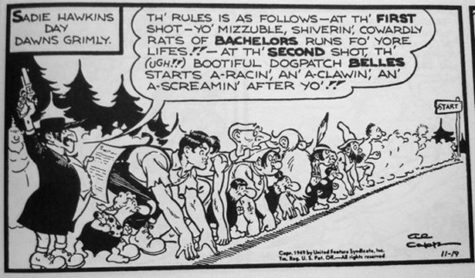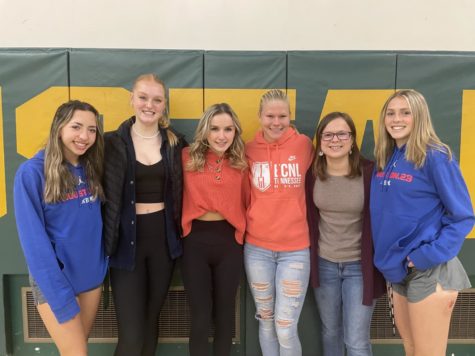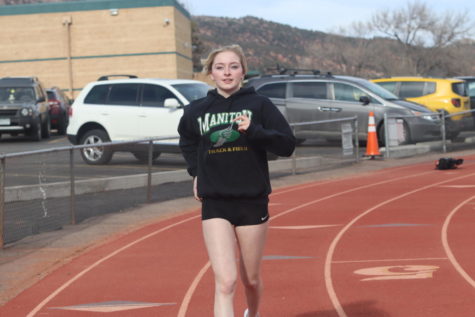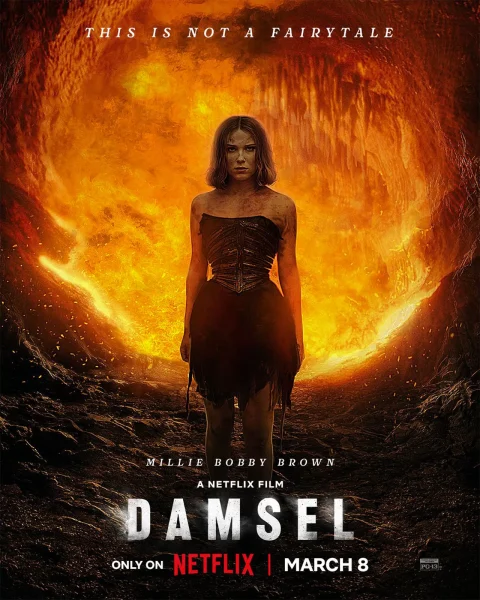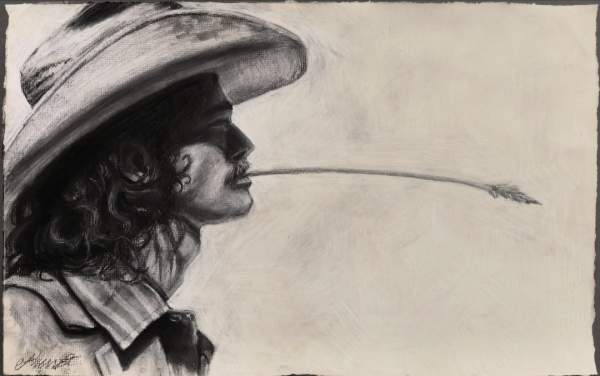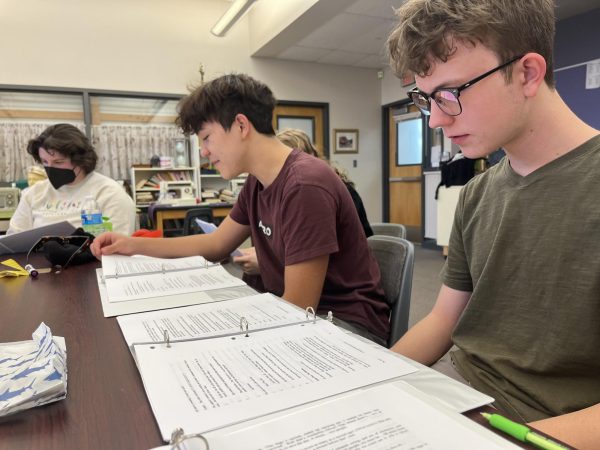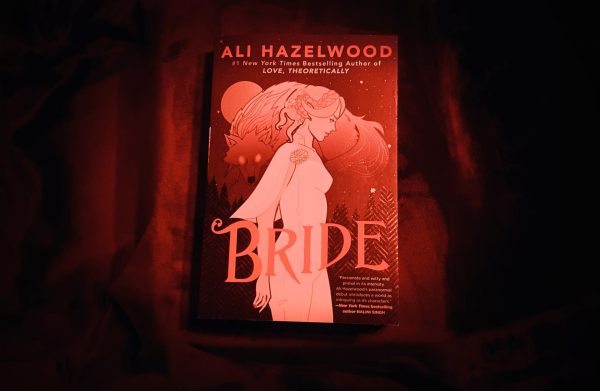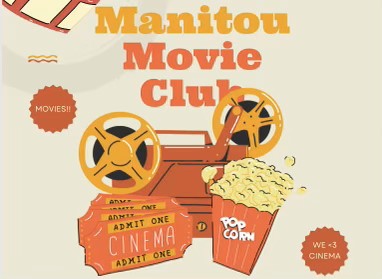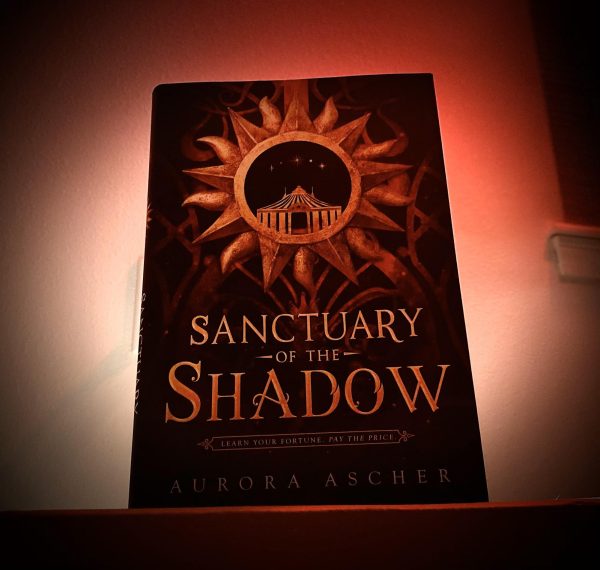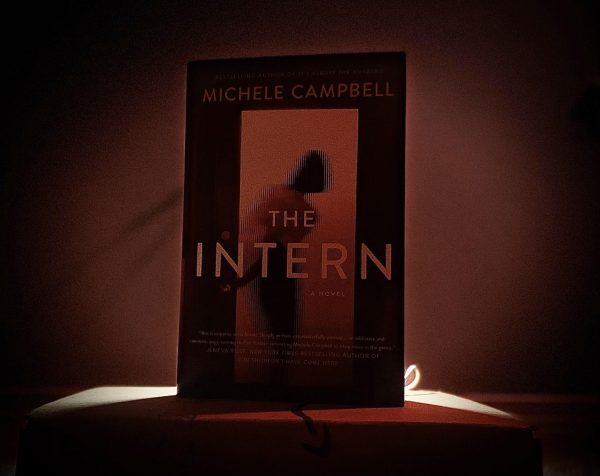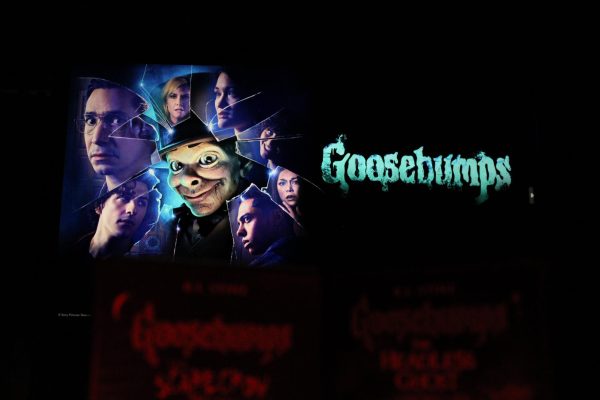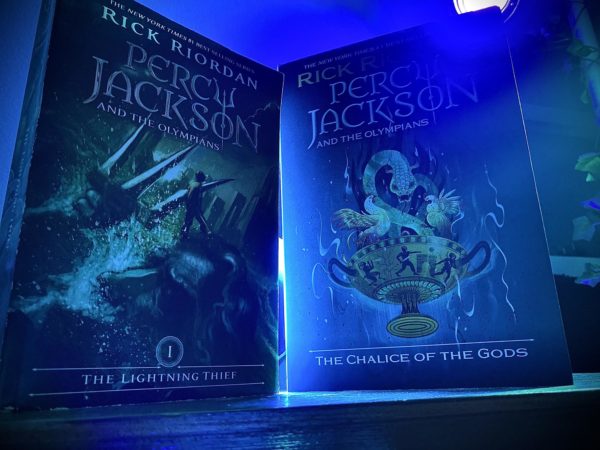Review: The Revolution of “Black Panther” is Live
MSHS student, Riley Jungbauer (10), made his piece, “Black Panther,” in his art class. “When I was younger, Black Panther was my favorite superhero,” said Jungbauer. He decided to make the piece in light of the new movie coming out.
March 16, 2018
SPOILERS!:
The cultural impact that Black Panther has made in the months leading up to its release is nothing short of extraordinary. With its all black cast and the biggest budget ever given to an African American director, it was breaking records from the start. Especially with the prejudice and representation issues in Hollywood with hiring black actors, writers, and directors, this movie meant a lot for the black community. But the cast and staff is not the only revolutionary thing about the film. The integration of African culture was a huge step for breaking negative stereotypes.
The movie heavily features Afrofuturism, which is the integration of of advanced technology with African culture. Within the movie, there many subtle and huge pieces of culture intertwined with the costumes, set, and script. The costume department– headed by Ruth Carter, the costume designer, and Hannah Beachler, the production designer– spent months researching and making the costumes and settings. Carter used things like lip plates, best known in the Mursi and Surma tribes in Ethiopia; Zulu headdress, traditionally worn by married African women for ceremonies; the Igbo mask, which are used in Igbo rituals; Tuareg scarves, a large covering of the head and face, similar to ones worn by Tuareg people in North and West Africa; Ndebele neck rings, worn by the South Ndebele peoples of Zimbabwe and South Africa as part of their traditional dress; and so much more to express culture through the onscreen visuals.
Language was another huge part that that was not only incorporated into the script but the movie album. The main language used in the movie was Xhosa, which is spoken by over 19 million people in Southern Africa, but Lupita Nyong’o– who played Nakia– also learned to speak Hausa for certain scenes. They even spoke some Korean for their scenes in Busan and used some Korean music for some transition scenes. This is huge, seeing that there is extreme prejudice against foreign language in America. English is still used in movies and tv shows– such as Sense8– even though they are set in foreign countries that don’t speak english.
Music overall was a vital part of the movie and the impact it had. The original album was dome by Kendrick Lamar, who paired with TDE label head Anthony Tiffith to create the album inspired and made for Black Panther. As well, it features artists Travis Scott, ScHoolboy Q, 2 Chainz, Swae Lee, Vince Staples, and Future. Music is a huge part of black culture and both traditional and modern music was incorporated into the album. Even on top of his album, Lamar commented, “The magnitude of this film showcases a great marriage of art and culture.” Lamar even wrote a few songs from the perspective of the characters. For example, the first song on the album, narrated by and named,”Black Panther,” ends with the lyrics, “I am T’Challa.” The album goes further and even references the movie’s villain, Erik Killmonger, in the song “Opps.”
Killmonger himself was one of the reasons this movie was so unique. Truly good villains are hard to come by; and I mean “good” to the fullest extent of the word. The best villains are the ones who aren’t completely wrong, the ones that you can sympathize with. Erik Killmonger is that villain. Marvel’s antagonists are notorious for a lack of real motivation. Most of them are just striving for world domination, while others have ideals of revenge.
Killmonger is different. His cruelty isn’t driven by being evil or wanting revenge. His motivator is his strive for a change in how Wakanda interacts with the rest of the world. Since the technology and advances using vibranium have been kept hidden from the rest of the world in fear of colonization, Wakanda has not helped any others fallen victim to it. However, where his intentions are good, his actions are cruel and violent. This is the environment he grew up in, as it was revealing that he grew up in Oakland, California. As a younger version of himself in the movie, when asked about his father’s death, he responds with, “It’s just life around here.” Killmonger’s idea of justice for oppressed black people around the world was to arm them and to have the roles reversed. The oppressed becomes the oppressor. Even T’Challa points out: “You have become them.” Killmonger is a villain with understandable and compelling viewpoints, which makes him possibly the best villain Marvel has ever made.
Even though his actions and overall execution of his plan was flawed, Killmonger’s overall goal was right, which is what T’Challa acknowledges at the end of the movie. Black Panther and Killmonger are different from previous heroes and villains we’ve seen in the past. In the end, T’Challa changes the way of Wakanda and opens their technology and innovation up to help the rest of the world instead of trying to stay hidden. He learns from his villain, and takes some of his overall beliefs and implements them using a better system, which we have never seen a hero do before.
The most important thing about Black Panther, the thing that makes it really special, is the representation it provides to black youth. Even when black people are cast in movies and tv shows, it is often lighter skinned actors or actresses which leaves out the darker skinned part of the community. When watching Black Panther, black youth finally have heroes and role models to look up to. To me, this is the most powerful thing about the revolution of Black Panther.
